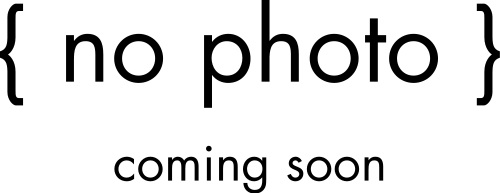Golai (GO-lie)
The Golai are a species of monstrous humanoids found throughout Solia. Roughly the same height as the Fiore, they often appear emaciated by comparison.
Basic Information
Anatomy
As one of the
Humanoid Races, Golai are short, ugly humanoids that stand just over three feet (one meter) tall. Their scrawny bodies are topped with over-sized and usually hairless heads with massive ears and beady red or occasionally yellow eyes. Golai skin tone varies based on the surrounding environment; common skin tones include green, gray, and blue, though black and even pale white Golai have been sighted. Their voracious appetites are served well by their huge mouths filled with jagged teeth.
Growth Rate & Stages
Golai mature rapidly, reaching adulthood in five years and living up to fifty (though most are violently killed before the age of twenty).
Ecology and Habitats
Golai rarely build their own structures; they prefer to use terrain and natural defenses to their advantage, often settling in areas of heavy undergrowth, easily defensible caves, and ruins. They rely on scavenging for most of their sustenance and are gifted at surviving in even the most hostile climes.
Dietary Needs and Habits
Their extremely high level of energy comes from both their accelerated metabolism and dangerous lifestyles. Their fast metabolism make Golai eating machines stricken with almost constant hunger; fortunately, they can subsist on almost anything organic. They love salty foods, especially pickled food of all types.
Additional Information
Social Structure
Violent but fecund, Golai exist in primitive tribal structures with constant shifts in power. Rarely able to sustain their own needs through farming or hunting and gathering, Golai tribes live where food is abundant or near places that they can steal it from. Since they are incapable of building significant fortifications and have been driven out of most easily accessible locations, Golai tend to live in unpleasant and remote locations, and their poor building and planning skills ensure that they dwell primarily in crude caves, ramshackle villages, and abandoned structures. Few Golai are good with tools or skilled at farming, and the rare items of any value that they possess are usually cast-off implements from humans or other civilized cultures. Golai appetites and poor planning lead to small tribes dominated by the strongest warriors. Even the hardiest Golai leaders quickly find out that their survival depends on conducting frequent raids to secure sources of food and kill off the more aggressive youth of the tribe. Both Golai men and women are ugly and vicious, and both sexes are just as likely to rise to positions of power in a tribe. Golai babies are almost completely self-sufficient not long after birth, and such infants are treated almost like pets. Many tribes raise their children communally in cages or pens where adults can largely ignore them. Mortality is high among young Golai, and when the adults fail to feed them or food runs low, youths learn at an early age that cannibalism is sometimes the best means of survival in a Golai tribe.
Civilization and Culture
Beauty Ideals
Many of the
Civilized Racesfind it hard to distinguish Golaigenders, though they do possess reproductive organs.
Gender Ideals
Excessive weight is considered a sign of beauty among female Golai, with the ideal of Golai sexuality being an obese female barghest.
Common Customs, Traditions and Rituals
When not at war, Golai amuse themselves with sadistic games, inane but catchy songs, and arson.
Golai love to collect treasure, but value appearance over utility. Thus, a shiny but worthless trinket is valued over a powerful but ugly magic item. The exception is Golai chieftains, who often possess the wits to make use of such items—if they can remember where they've been stashed. Their love of shiny treasure means that Golai are also a common sight in the refuse pits and junkyards of non-Golai settlements throughout the Inner Sea region, where they scavenge for items they can craft into weapons and other interesting tools, a task they are unusually proficient in.
Common Taboos
Golai have an irrational fear of writing, however, believed by some to stem from the contracts used by Asmodeus to bind their barghest forebears in the mists of time. They believe that the mere act of writing words steals them from one's head.
Interspecies Relations and Assumptions
Golai tend to view other beings as sources of food, which makes for poor relations with most civilized races. Golai often survive on the fringes of Human civilization, preying on weak or lost travelers and occasionally raiding small settlements to fuel their voracious appetites. They have a special animosity toward Djenati , and celebrate the capturing or killing of such victims with a feast. Of the most common races, half-Oroka are the most tolerant of Golai, sharing a similar ancestry and experiencing the same hatred within many societies. Golai are mostly unaware of half-orokas‘ sympathy, however, and avoid them because they are larger, meaner, and less flavorful than other humanoids.





Comments